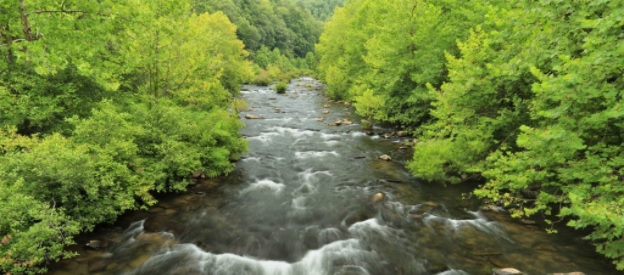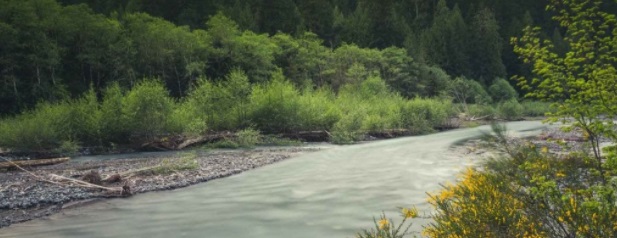Land Management Planning – Planning 101
FEDERAL LAND MANAGEMENT PLANS AND THEIR REVISIONS
Each federal land management unit (national forest, park, refuge, Bureau of Land Management (BLM) land, etc.) is required to periodically update or revise its overarching management plan—the document that guides all its action and decisions—every fifteen years or so.
It is within these plan revisions that wild and scenic river assessments are typically undertaken, both for potential wild and scenic rivers and for already designated rivers. That is your cue for action on behalf of strong river protection.
Details of the management plan revision process vary somewhat, agency by agency (in terminology, study stages, and timing), but they all follow a basic sequence (typically extending three to five years):
- Initial outreach for public input, and announcement that the plan revision has begun (often called “scoping” or “pre-assessment” and including public comment opportunities)
- Existing situation analysis of details on the ground, assessment of resources for potential development and/or protection (another opportunity to submit information and comments)
- Draft plan, with accompanying draft environmental analysis (EIS) of comparative plan alternatives (followed by a public comment period)
- Proposed final plan, with opportunity for public response (variously protests, comments, requests for adjustments, local and state officials’ review)
- Final plan and “record of decision”
Rivers-specific opportunities within the plan-revision process are also fairly standard:
- Agency’s inventory or list of potential wild and scenic rivers (usually during initial outreach/scoping)
- Wild and scenic eligibility report (usually during analysis of existing situation, often first in draft form with comment period, followed by final)
- Wild and scenic draft suitability determination (usually published as part of the draft plan if applicable (appendix to the draft EIS), for public comment). This step is not recommended or required.
- Wild and scenic final suitability determination (published as part of the proposed plan and final plan), often—but not always—accompanied by recommendations for or against congressional designation of select suitable rivers, as well as specific instructions for management of suitable rivers and their corridors, and release of protections for unsuitable streams. This step is not recommended or required.
Although the Wild and Scenic Rivers Coalition has requested a policy change, the BLM nearly always completes a suitability analysis as part of its management plan revisions. The Forest Service, however, typically completes only the eligibility report during its plan revision process, which provides interim administrative protection for potential wild and scenic rivers deemed eligible, allowing time for groups to seek designation. Automatic suitability analysis during planning is undesirable because in practice it leads to the release of eligibility protections for streams deemed unsuitable, often based on temporary political conditions. Since either eligibility or suitability may provide the only long-term foundation for protection of potential wild and scenic rivers and their values, public engagement in these processes is vital to the future growth of the Wild and Scenic River System.

Cheoah River in Nantahala National Forest, NC
BUREAU OF LAND MANAGEMENT
The BLM is the caretaker of the National Landscape Conservation System, which includes wild and scenic rivers, wilderness areas, national monuments, and other types of public lands.
Although the BLM approved, in late 2016, a new rule guiding its land management plans revision process, Congress rejected that rule in 2017. The phases of BLM planning are now again guided by the 1983 BLM planning rule.
FOREST SERVICE
The Forest Service manages all federal lands included in national forests and grasslands. It is required to ensure that these lands provide a sustainable supply of timber, forage, and water, while ensuring their enduring ecological health.
The Forest Service operates under the 2012 rule on forest planning and plan revisions, which guides the phases of National Forest planning. The agency has also updated its Forest Service Handbook section regarding wild and scenic rivers – Section 1909.12, Chapter 80.

White River in the Mt. Baker-Snoqualmie National Forest, WA